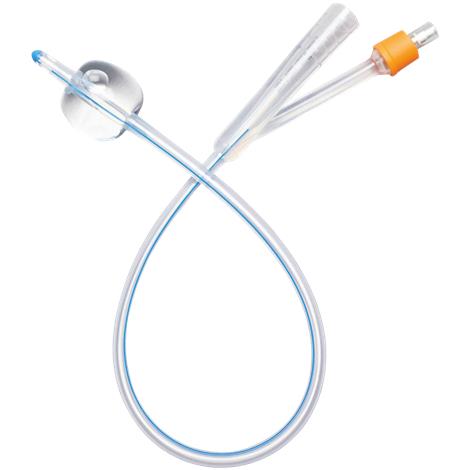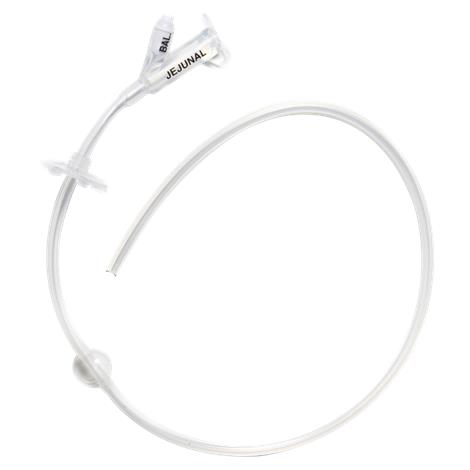This surgery was to place a J Tube.
Here is an excerpt from a site:
Tubes:
Original Tube: Stitches used to keep it in place. Balloon disabled.

New Tube: 6/24/2019 Uses internal retention balloon at soma with a retention ring to keep in place.

G/J Tubes
When a permanent tube will be used, the primary type used for gastroparesis is a J-tube (jejunal). J-tubes are placed directly into the small intestine, and can be placed either percutaneously, laparoscopically, or surgically via a laparotomy.A percutaneous J-tube (PEJ) is placed through the skin and into the small intestine via endoscopy. The doctor advances a lighted scope down past the duodenum. When the light can be seen through the abdomen, the doctor then punctures the abdomen in that spot and places the J-tube through it. It is anchored by a hard bumper on the inside. After the procedure, the patient usually goes home, or will only stay overnight.Feedings can be started at a slow rate within 4-12 hours after the procedure. Jejunal feedings are administered around-the-clock through a pump. Depending on the caloric needs of a patient, and whether or not he/she is able to take in supplemental nutrition orally, feeds might be limited to overnight, or a certain number of hours a day. Portable pumps and backpacks are available, making it possible for a patient to be active and mobile.When a J-tube is placed by laparoscopy, it is a minimally invasive surgery. A laparotomy entails an open surgical procedure. Both place the J-tube into the small bowel in a different manner than a PEJ. They are generally anchored by a balloon, and sometimes a few sutures. Balloons can burst from pressure and spasms in the small bowel, which means the J-tube can suddenly fall out. If that happens, the patient must get to the hospital as soon as possible because the stoma, the opening which the tube was placed into, can close very quickly. A surgeon or interventional radiologist may not be available to replace the tube at that point, but a temporary tube will be placed into the stoma in order to keep it open until it can be replaced.Surgical placement of a J-tube requires a hospital stay of at least 3 days. Feedings are not usually started for 24 hours, which allows the small bowel to awaken following anesthesia. The feeding rate is usually started off slowly, and gradually increased. The patient is released once an adequate feeding rate is achieved. All patients with feeding tubes are placed under the care of a home health agency which can provide feeding pumps, supplies, and instruction in their use.
Additional referencehttps://www.g-pact.org/gastroparesis/nutrition/feeding-tubes/g_j-tubes